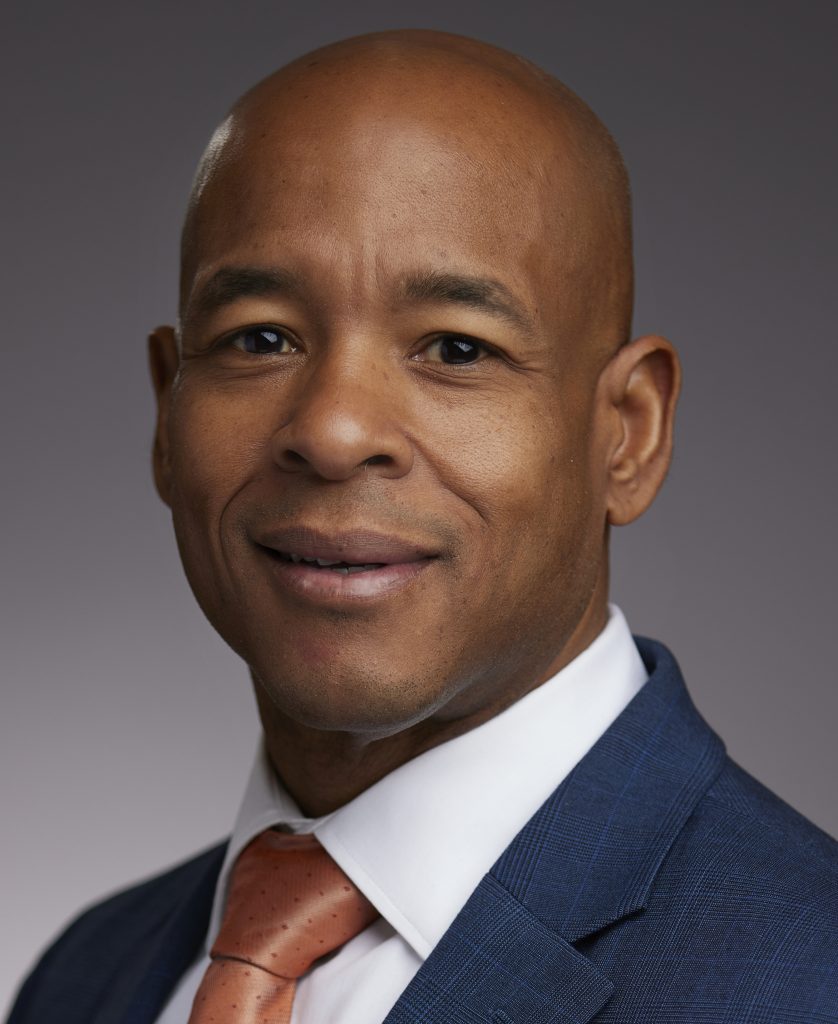Is It Clock-Building Time?
By Jameson T. Auten | 2/22/2024
JAMESON T. AUTEN
Chief Executive Officer
Lane Transit District
Eugene, OR

What do our communities need us to be?
We’ve been asking that question frequently around Lane County and within the Lane Transit District (LTD) lately. LTD has a 50-year history of providing innovative services. Our crown jewel being our bus rapid transit (BRT) system, EmX. Transit organizations from across the nation have, and continue to, come to visit our system. While many are keenly interested in the off-board ticketing, the artful stations, and ease of use—all hallmarks of fantastic BRT—the real beauty of EmX is how and why it began.
Recognizing a Community Need
It wasn’t the transit systems, the city planners, or any of the numerous non-profit organizations that saw a community need for a BRT system in Eugene-Springfield. It was the business community. The business community recognized a need to manage congestion, maintain the vibrancy of downtown, and develop environmentally friendly connections to the neighboring City of Springfield. Rob Bennett Sr., an accomplished business leader, championed the effort and swiftly mobilized other leaders to put their voice, influence, and elbow grease into solving a community issue. The lesson: communities will rally around—and for—solutions that are aligned with community priorities and designed to address them in smart, direct ways.
Today’s Application
Mobility-focused organizations are able to provide solutions that can tap into this same energy if services are designed in ways that are aligned with community values and goals. The focus of a public transportation system needs to morph into one that fully embraces people-centric mobility. Mobility systems help people get from a place to a place—with a primary focus of connecting people to a desired outcome. Such outcomes, when aligned with overall community goals, achieve value for both the individual and the group. Outcomes could include, among others, positively impacting social factors and / or quality of life-preserving life,e.g., preserving our environment. With that in mind, is our current transit-dominant model the best for achieving desired outcomes in light of life in a sort of post-pandemic world? And does it reflect the needs and preferences of the many unique communities we serve? We are moving in that direction but need to move faster at building a new clock.
What does clock building look like?
It looks like an opportunity to fully reset how we design, deliver, market, and measure service outcomes. It also is an opportunity reposition the value of what we do daily.
Designing people- and community-centric systems and measuring outcomes is critical to connecting value to reality and for identifying new revenue streams. For instance, what is the value from a health determinant standpoint of allowing seniors to age in place, providing connectivity to healthy food options, or in identifying broadband deserts that limit educational and employment opportunities as a component of introducing rural mobility strategies? Is there an opportunity to leverage new funding sources—whether they be public or private—if we can demonstrate a return on investment (ROI) in various terms? Learning varying ROI targets that are aligned with community needs is key in demonstrating value to new business sectors.
Responsibly managing public funds while providing innovative solutions are not mutually exclusive. We’ve seen almost a decade of investment by FTA in mobility pilots. It’s time to fully leverage those learnings for application-specific service coordination. This also means thinking through ROI for each of these strategic (including rural and tribal) services that don’t pencil out with current traditional financial / performance metrics.
Over the next few months, LTD will be engaging our communities on a deeper level to sharpen our mission for the agency’s next 50 years. We plan to tackle this on two fronts: internally and externally. Internally, we are moving forward to make sure that we are structuring and supporting our workforce in ways that best impact our communities. Externally, we are engaging stakeholders and building relationships. We are identifying key partnerships for building a model that goes beyond providing bus service; we are looking to truly connect our community by developing workforce strategies that can provide a pipeline of skilled workers to LTD and beyond; we are engaging the business community to learn how we can meet their needs; we are building relationships with neighborhood associations to learns their needs and preferences; and we are learning to tell our story and engage in ways that are easily understood, genuine, and collaborative.
It’s an exciting time at LTD. It’s an exciting time for our industry. But most of all, there is a real opportunity to deliver value to our communities in ways not practiced fully.